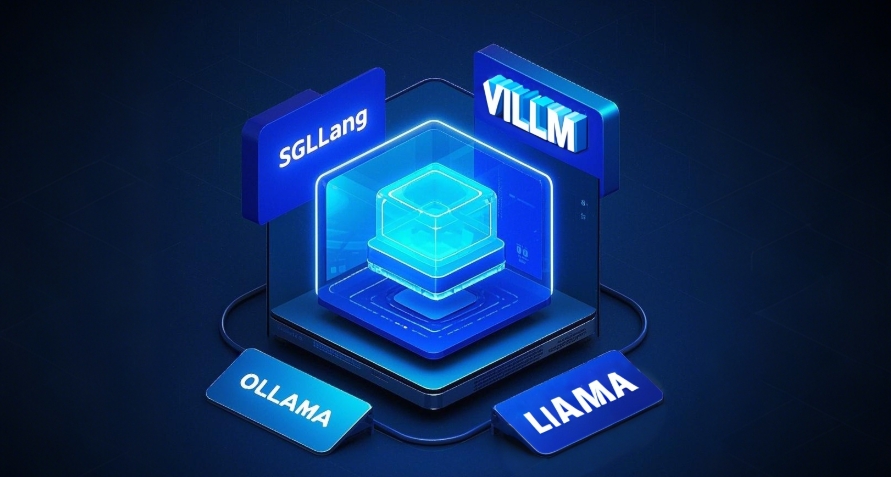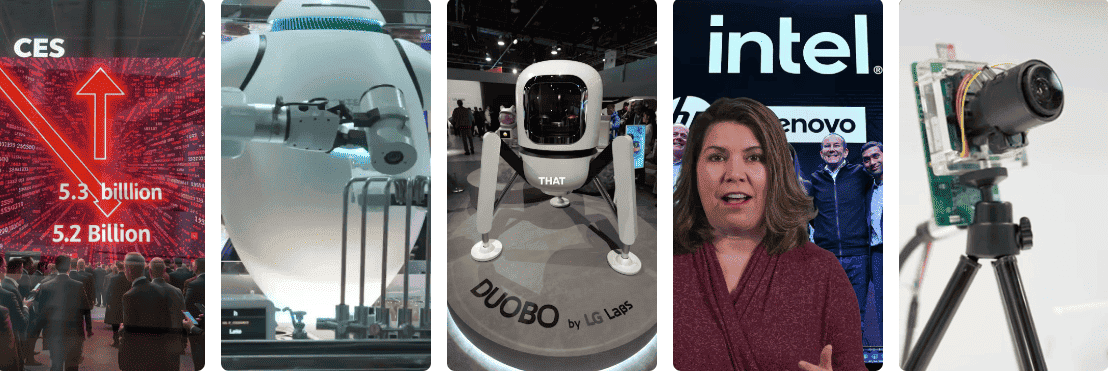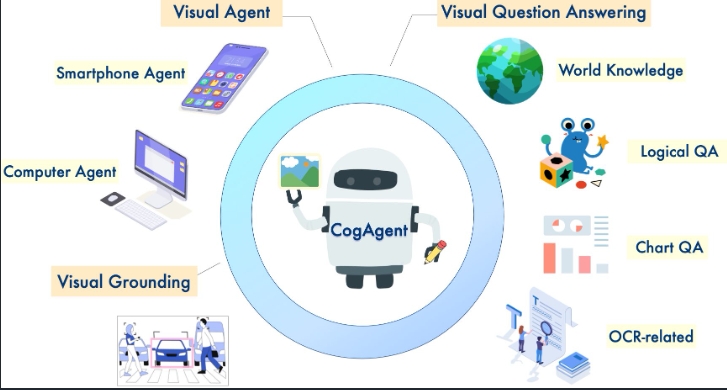Open-Sourcing DeepSeek Inference Engine: A New Chapter in AI Infrastructure Community Collaboration

The rapid development of Artificial Intelligence (AI) technology in recent years has been inseparable from the contributions of the open-source community. From operating systems to machine learning frameworks, the open-source movement has provided fertile ground for technological innovation. Against this backdrop, DeepSeek’s announcement to open-source its inference engine (DeepSeek Inference Engine) marks a significant advancement in the AI infrastructure field. This article will delve into the significance of DeepSeek’s inference engine open-sourcing, its technical highlights, and its potential impact on the AI ecosystem.
I. Background of DeepSeek Inference Engine
DeepSeek, an artificial intelligence research company headquartered in Hangzhou, China, is dedicated to developing efficient Large Language Models (LLMs). Its flagship models, DeepSeek-V3 and DeepSeek-R1, have gained widespread attention for their excellent performance and cost-effectiveness. However, model success relies not only on algorithm design but also requires a powerful inference engine to optimize deployment and operational efficiency.
DeepSeek’s inference engine was initially developed based on vLLM (an open-source efficient inference framework). After more than a year of deep customization, the engine has been highly adapted to DeepSeek’s model architecture and internal infrastructure. While this customization brought significant performance improvements, it also led to divergence from vLLM’s mainline and dependencies on internal cluster management tools. To benefit the broader community, DeepSeek decided to contribute its optimization achievements back to the open-source ecosystem and advance inference technology through collaboration with the vLLM community.
II. Core Highlights of the Open-Source Plan
DeepSeek detailed its open-source roadmap in its official release “The Path to Open-Sourcing the DeepSeek Inference Engine”. Here are several key highlights of the plan:
Deep Collaboration with vLLM Community
Instead of directly releasing an independent codebase, DeepSeek plans to gradually contribute its optimization technologies to vLLM’s upstream codebase. This approach not only avoids codebase fragmentation but also ensures DeepSeek’s innovations can be adopted by a broader AI developer community. For example, DeepSeek’s inference engine significantly improved throughput and reduced latency when handling highly sparse Mixture of Experts (MoE) models through cross-node Expert Parallelism. These optimizations will be integrated into vLLM, benefiting all vLLM-based projects.
Technical Innovations in Efficient Inference
DeepSeek’s inference engine has implemented multiple optimizations for large-scale MoE models (such as DeepSeek-V3, which has 671 billion parameters but only activates 37 billion parameters per token):
- Multi-Head Latent Attention (MLA): Significantly reduces memory usage through KV Cache compression while maintaining long-context processing capabilities.
- Dynamic Load Balancing: Introduces auxiliary-loss-free load balancing strategies to dynamically adjust expert allocation and avoid computational resource waste.
- Multi-token Prediction: Accelerates inference process by generating multiple tokens simultaneously, particularly suitable for real-time application scenarios.
- FP8 Mixed Precision Computation: Utilizes 8-bit floating-point operations to reduce computational costs while maintaining model accuracy.
Community-Driven Standardization Support
DeepSeek commits to synchronizing inference-related engineering work with the open-source community and hardware partners before new model releases, ensuring optimal community support from Day-0. This “zero-day” collaboration model significantly shortens the cycle from laboratory to practical application.
III. Significance and Challenges of Open-Sourcing
DeepSeek’s inference engine open-source plan not only demonstrates its commitment to open science but also brings far-reaching impacts to the AI ecosystem:
Lowering AI Development Barriers
By sharing efficient inference technology, DeepSeek enables small and medium-sized research teams and startups to deploy large models at lower costs. This “democratization of technology” will accelerate AI applications in education, healthcare, energy, and other fields.
Promoting Industry Collaboration
DeepSeek’s choice to collaborate with the vLLM community rather than release an independent codebase demonstrates its emphasis on overall ecosystem development. This collaboration model may become a new paradigm for AI infrastructure open-sourcing, encouraging more companies to contribute internal technologies to the public domain.
Addressing Technical Challenges
Despite the bright prospects, the open-source process faces challenges. For instance, DeepSeek’s inference engine heavily depends on its internal infrastructure, making it complex to decouple these dependencies and adapt to diverse hardware environments. Additionally, the vLLM community needs to coordinate optimization proposals from different contributors to ensure codebase stability and universality.
IV. Impact on the AI Ecosystem
The open-sourcing of DeepSeek’s inference engine will have multi-layered effects on the AI ecosystem:
Accelerating Model Deployment Efficiency
The inference phase is crucial in transitioning AI models from training to practical applications. An efficient inference engine can significantly reduce operational costs and improve model response times on edge devices or in the cloud. DeepSeek’s optimization technologies are poised to become industry benchmarks, driving overall improvements in inference efficiency.
Promoting Hardware-Software Co-design
DeepSeek’s success stems from its synergistic optimization across algorithms, frameworks, and hardware. The open-source inference engine will provide reference for hardware manufacturers, encouraging them to design chips and systems better suited for AI workloads.
Enhancing Open-Source Community Vitality
DeepSeek’s contribution will further solidify the open-source community’s central role in AI development. Whether it’s PyTorch, TensorFlow, or vLLM, these open-source frameworks’ prosperity relies on active corporate participation. DeepSeek’s joining undoubtedly injects new vitality into the community.
V. Future Outlook
The open-sourcing of DeepSeek’s inference engine is just part of its open science strategy. In the future, DeepSeek may further open-source training frameworks, data processing tools, or other infrastructure components. Meanwhile, its collaboration with projects like vLLM sets an example for the AI community: through sharing and collaboration, technological progress can benefit humanity more rapidly.
However, open-sourcing is not without controversy. Some critics worry that open-source AI technology might be misused, for instance, in generating false information or malicious software. Therefore, DeepSeek needs to strengthen ethical guidance and regulatory collaboration while open-sourcing.
Conclusion
The open-sourcing of DeepSeek’s inference engine is a far-reaching initiative that demonstrates both corporate ambition in technological innovation and the irreplaceable role of the open-source community in advancing AI development. Through close collaboration with the vLLM community, DeepSeek is paving the way for the future of AI infrastructure. As DeepSeek stated in its announcement: “We deeply understand that without a thriving open-source ecosystem, the path to AGI will be arduous.” In this journey, every code contribution and community collaboration becomes an important step toward artificial general intelligence.
(Reference Source: DeepSeek’s official release “The Path to Open-Sourcing the DeepSeek Inference Engine”)
More Articles
![OpenAI 12-Day Technical Livestream Highlights Detailed Report [December 2024]](/_astro/openai-12day.C2KzT-7l_1ndTgg.jpg)







